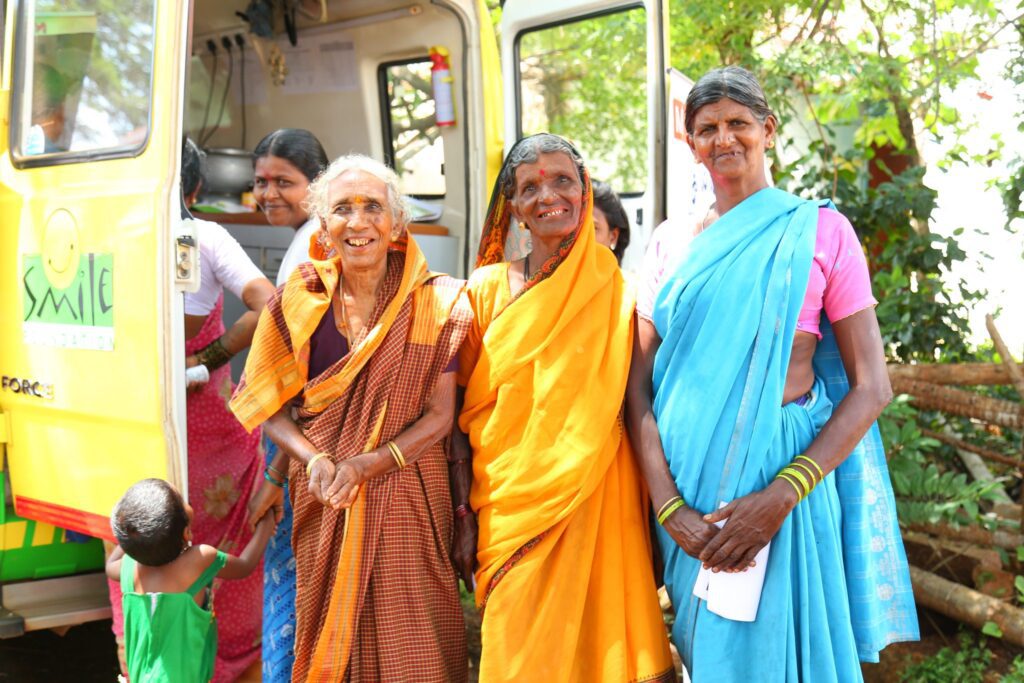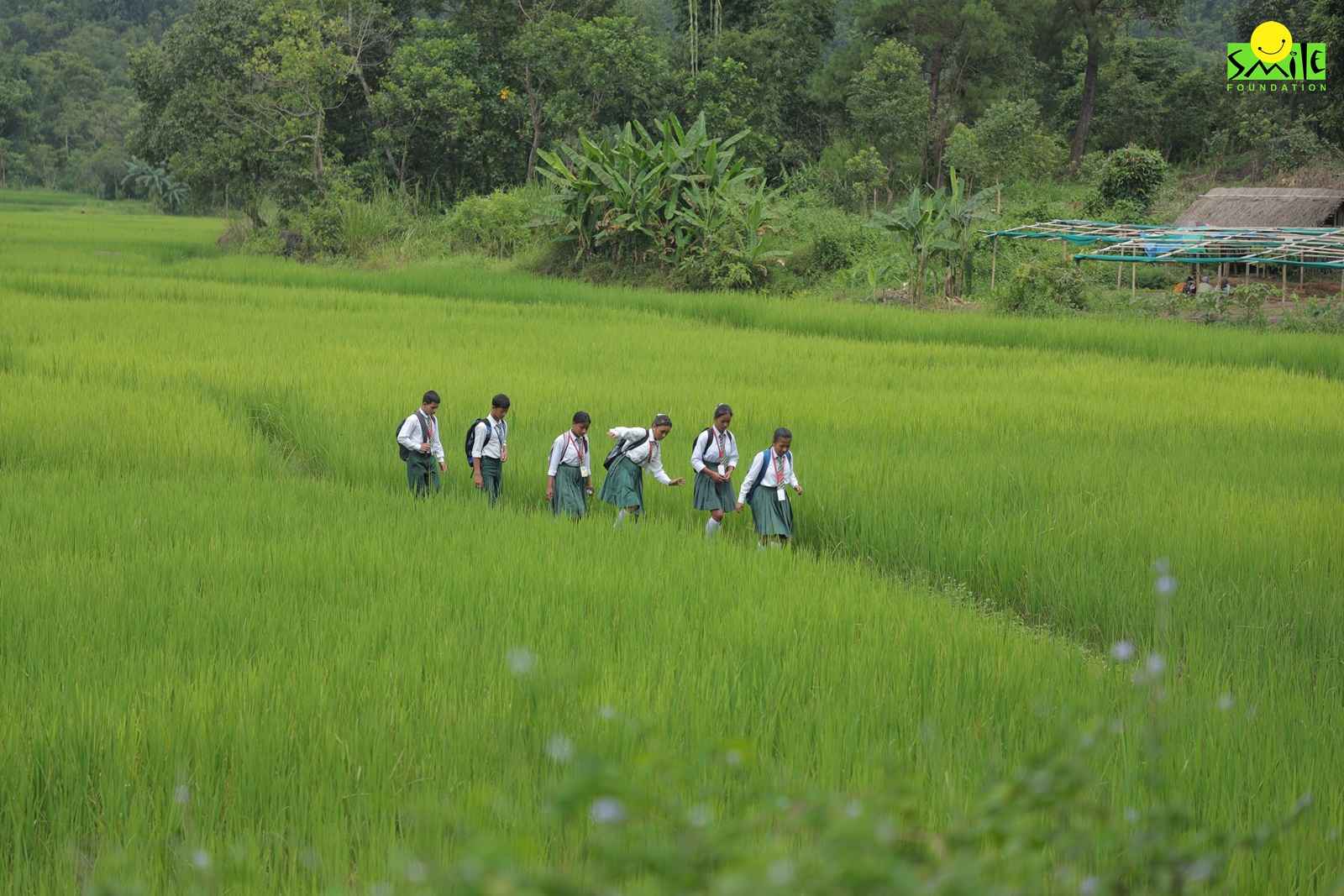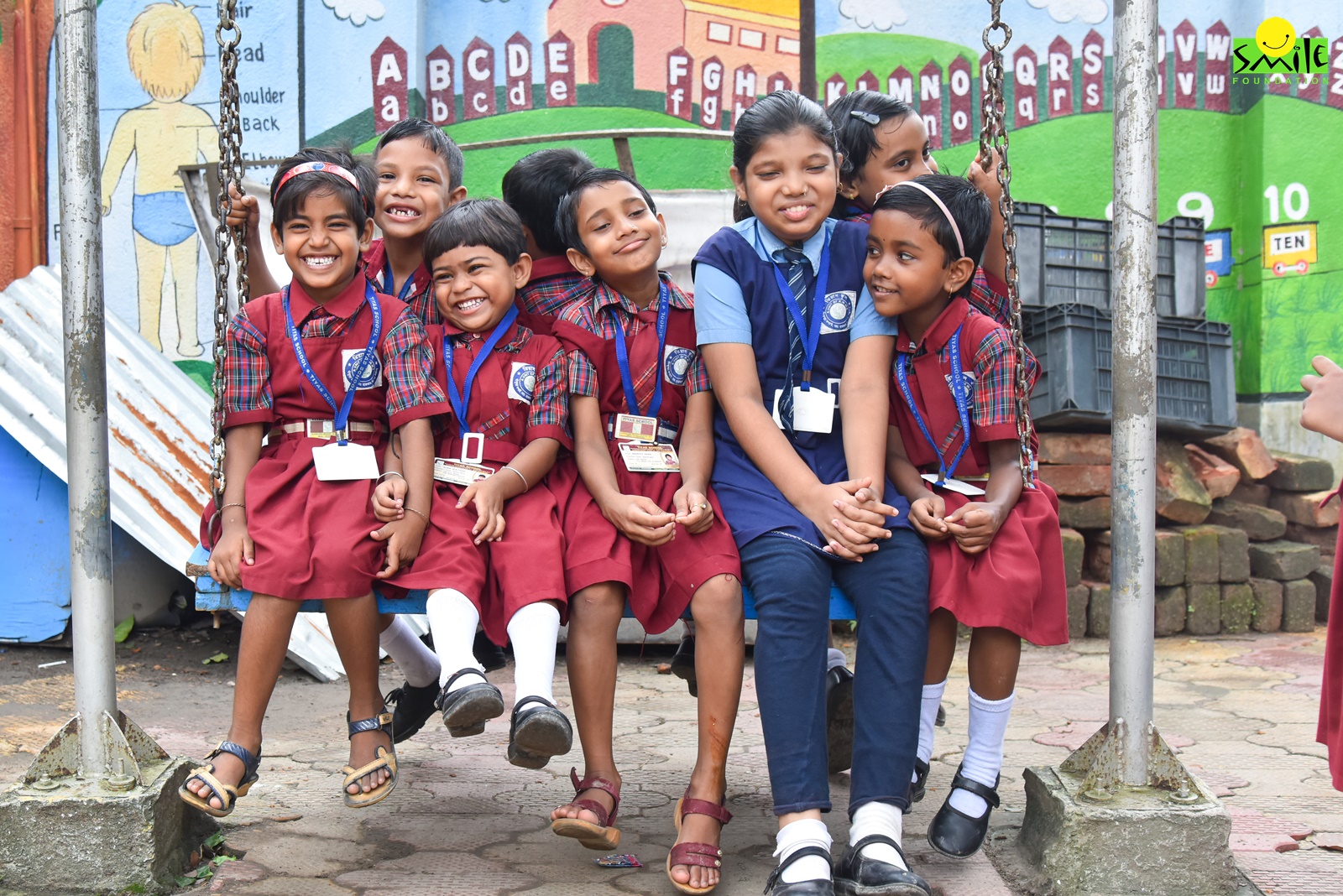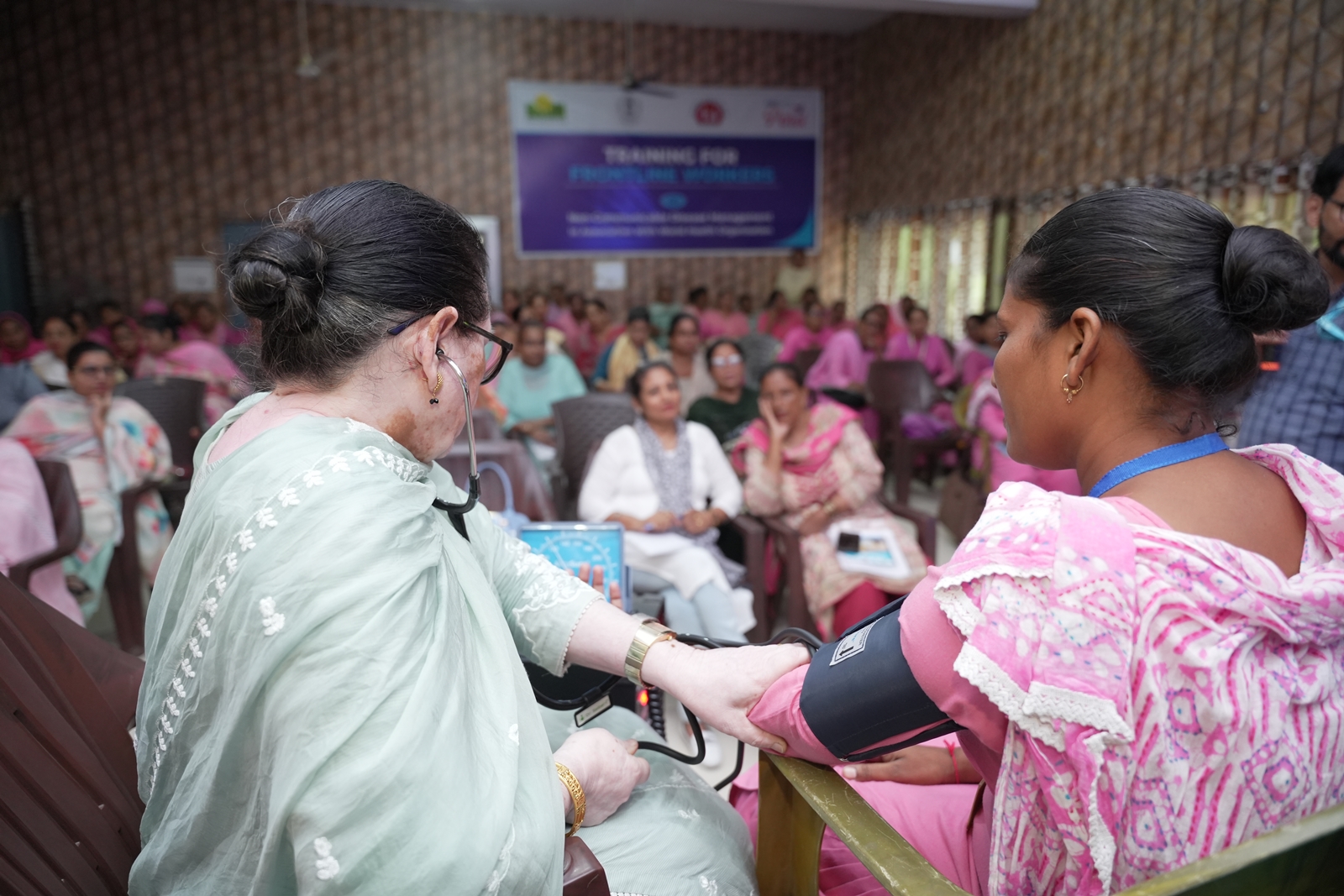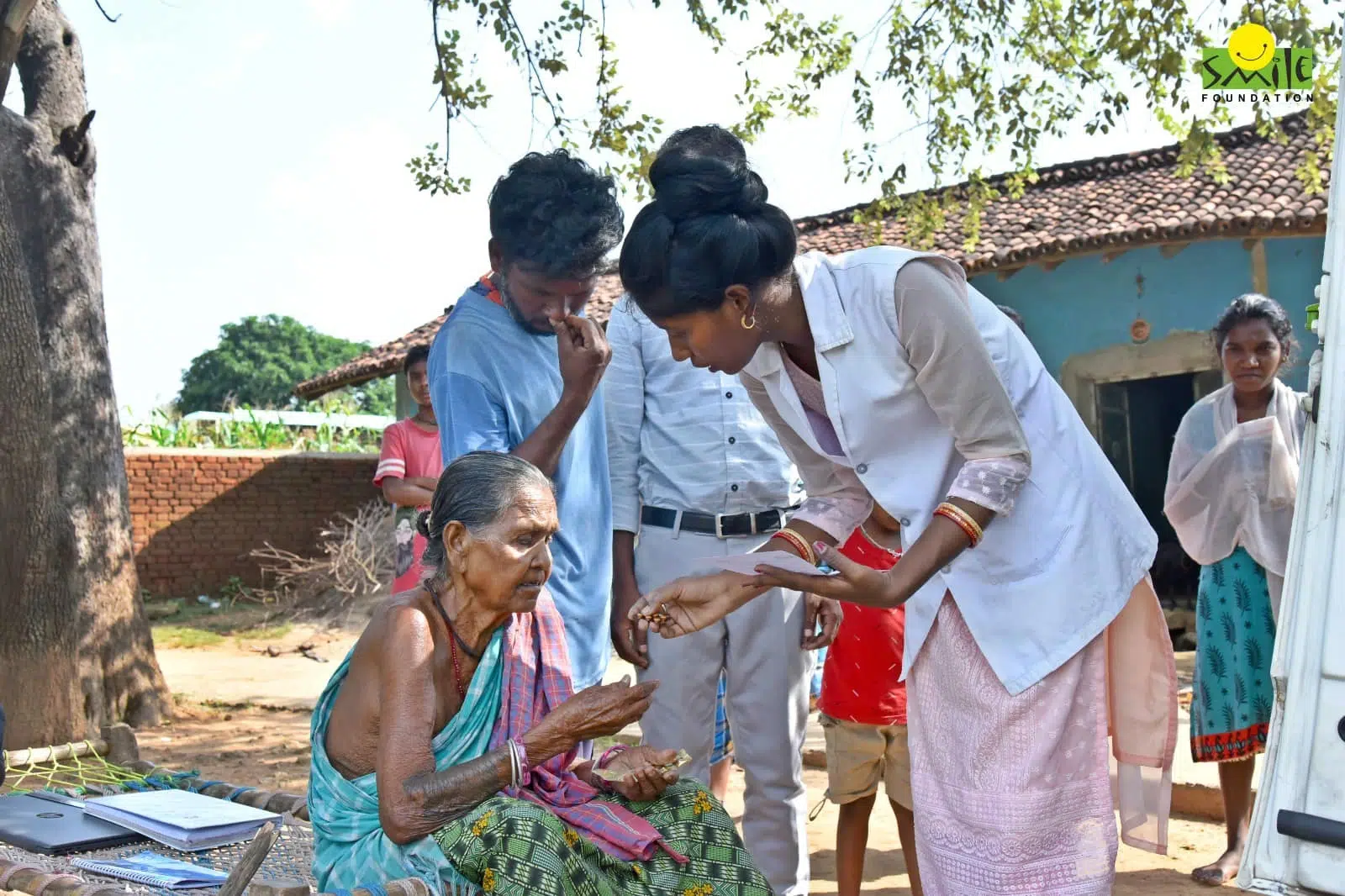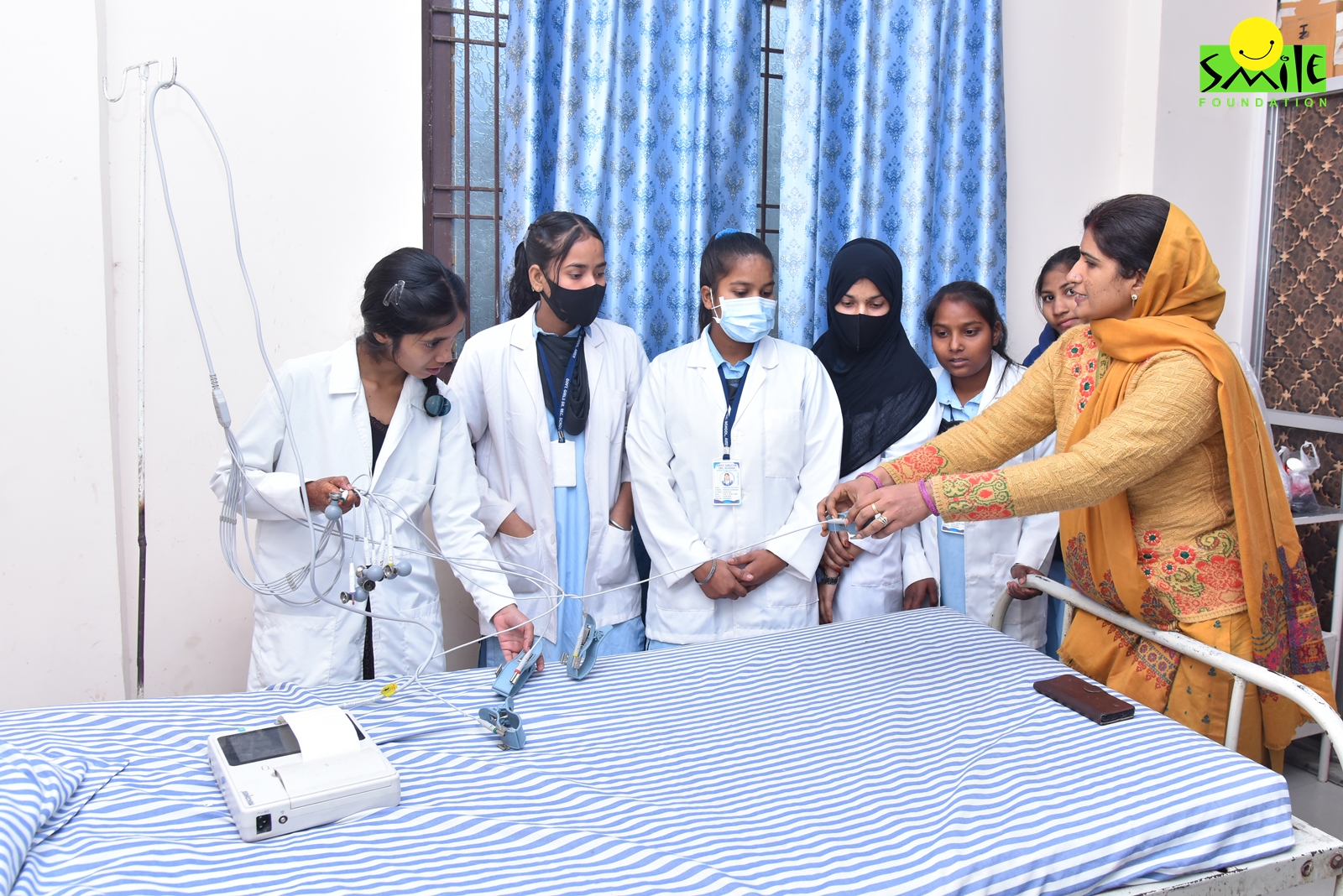The National Family Health Survey (NFHS-5) presents a bird’s eye view of the state of India’s health and development. Among other things, it focuses specifically on the condition of women in the country. This is in tune with India’s aim to achieve United Nations-mandated Sustainable Development Goal-5, which focuses on women empowerment and gender equality.
Let us explore a women-centric view of NFHS-5.
Key indicators of NFHS-5
Phase II of NFHS-5 was conducted for 14 states and union territories. Its findings were revealed in November 2021. On the state of women, the survey has six key indicators.
The percentage of currently married women who usually participate in household decisions;
- Women who worked in the last 12 months and were paid in cash;
- Those owning a house and/or land (alone or jointly with others);
- Women having a mobile phone that they themselves use;
- Those who have a bank or savings account that they use; and
- Women aged 15-24 years who use hygienic methods of protection during their menstrual period.
Apart from these, the survey also highlights the need for further improvement on various fronts. This includes gender-based violence and harmful practices against women.
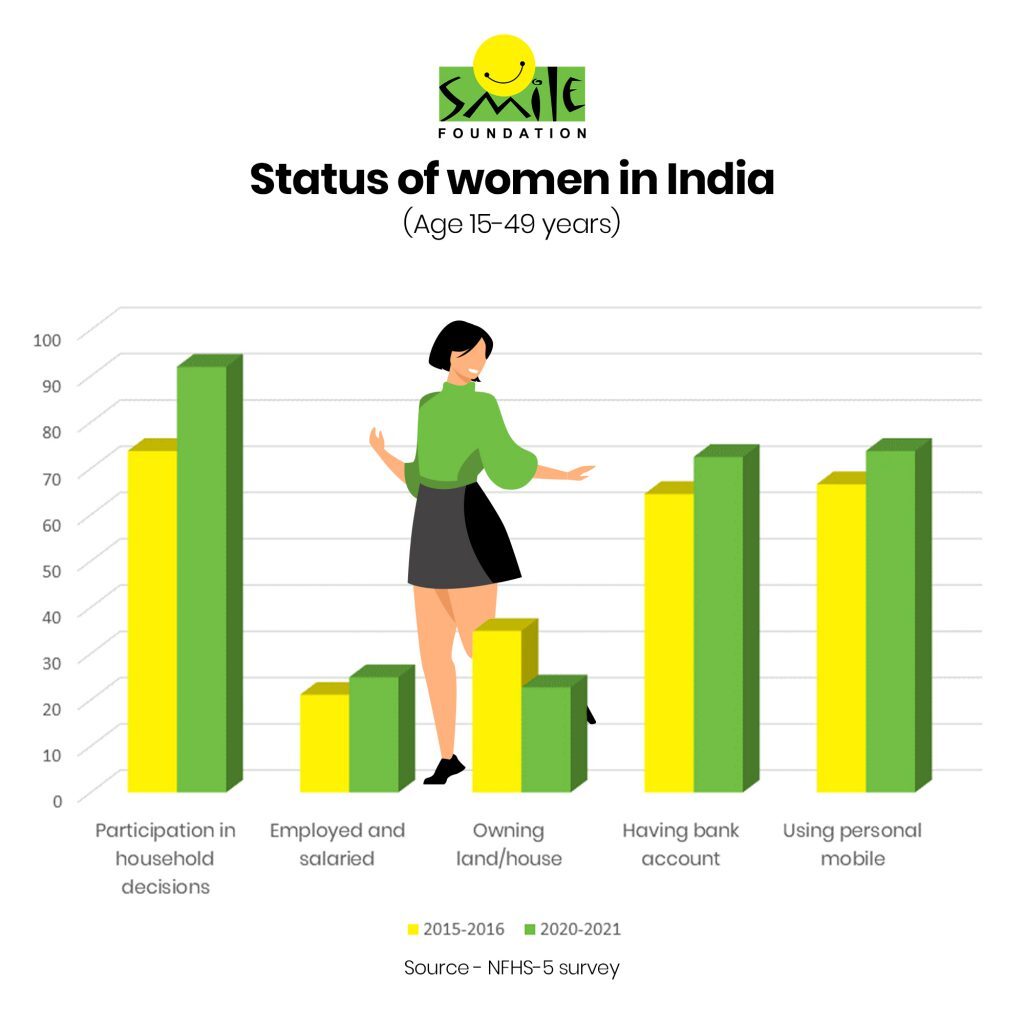
Let us look at some of these indicators one by one.
Participation of Married Women in Household Decisions
In 2015-16, the percentage of married women involved in household decisions was 73.8%. This number increased significantly in 2019-21 to 92%.
This is possibly a reflection of the growing number of women who have their own bank accounts, and thus some level of financial independence.
Employment for Women
This number increased from 21.1% to 24.9%.
While a large number of women work, only a few are salaried. Moreover, only 25.4 per cent of women aged 15-49 years who worked in the last 12 months were paid in cash. This figure is quite low and there has been negligible improvement from the last survey (2015-16). None of the states crossed the 50% mark in this category.
Telangana was at the top of this list, followed by either north-eastern or southern states. Lakshadweep, Bihar, Uttar Pradesh, Rajasthan, and Jharkhand have performed the worst. In these states, less than 18 per cent of women were paid for their work. Some states such as Tamil Nadu have improved their performance while several others have regressed significantly.
It is noteworthy that there is not much difference between urban (25%) and rural (25.6%) women on this front.
Owning Land/House
Land/house ownership among women went up in all the states except five–MP, Odisha, Uttarakhand, Delhi NCT, and Puducherry.
For instance, among the women surveyed in Punjab, 63.5% owned a house or a land in 2020-21, compared to 32.1% in 2015-16. In Uttar Pradesh as well, this percentage went up from 34.2% in 2015-16 to 51.9% in 2019-21.
However, in two other agrarian states Madhya Pradesh and Rajasthan, land/house ownership among women either fell or failed to show much improvement.
Women Owning Mobile Phones
Low tariffs since 2016 saw a rise in mobile phone use among women across many states. However, Haryana and Chandigarh saw a drop in the share of women owning a mobile phone. In Haryana, 50.4% women used mobile phones in 2020-2021. The percentage went down from 74.2% in 2015-16 to 70% in 2019-21.
The all-India figure went up from 45.9% to 54%.
Women having a Bank Account
There is a significant jump in the number of women using bank accounts. The figures show that close to 80% women now have their own bank account. The number went up from 53 per cent in 2015-16 to 78.6 per cent in 2019-21.
Madhya Pradesh, Jharkhand, Odisha, Puducherry, and Punjab have topped the list. Experts suggest that this jump can be attributed to the Jan Dhan Yojana which enabled women and households to come within the banking fold.
Improvement in Number of Women using Period Products
The proportion of women aged 15-24 years who use menstruation-related products improved. Seventeen states and union territories had 90% or more women using period products. The number is even better in Puducherry and the Andaman and Nicobar Islands–99%. Tripura, Chhattisgarh, Assam, Gujarat, Meghalaya, Madhya Pradesh and Bihar had 70% or fewer women using period products. Bihar was at the bottom of this list at 60%.
Using period products can improve overall health outcomes. It could also lead to prevention of reproductive and urinary tract infections.
A Favorable Sex Ratio
The NFHS-5 is the first time that the sex ratio is in favor of women. The sec ratio as per the survey is 1020:1000. This is a demographic shift. It was 1000:1000 as per NFHS-3 in 2055-06 but declined to 991:1000 in 2015-16.
The sex ratio at birth has also seen an improvement. From 919 in 2015-16, it has gone up to 929 in 2019-20. The Health Ministry said in a statement that this positive turn can be attributed to measures like the PC and PNDT Act.
Government and civil society organizations have also been working on other empowerment measures such as financial inclusion and combating gender bias and disparities.
Some Other Findings
Nearly 78 per cent mothers received postnatal care from health personnel, rise from 62.4 per cent in NFHS-4.
Total fertility rate (children per woman) has reached replacement level of fertility. It was 2.2 in 2015-16, 2.0 in 2019-21. This means lesser births per woman. Need for family planning has declined from 12.9 per cent in 2015-16 to 9.4 per cent in 2019-21.
What This Means?
It is important that all stakeholders converge to bring about desired change. Discriminatory social norms need to be addressed strictly. These norms drive gender-based violence and harmful practices. We must empower women to exercise agency and autonomy in all spheres of life.



